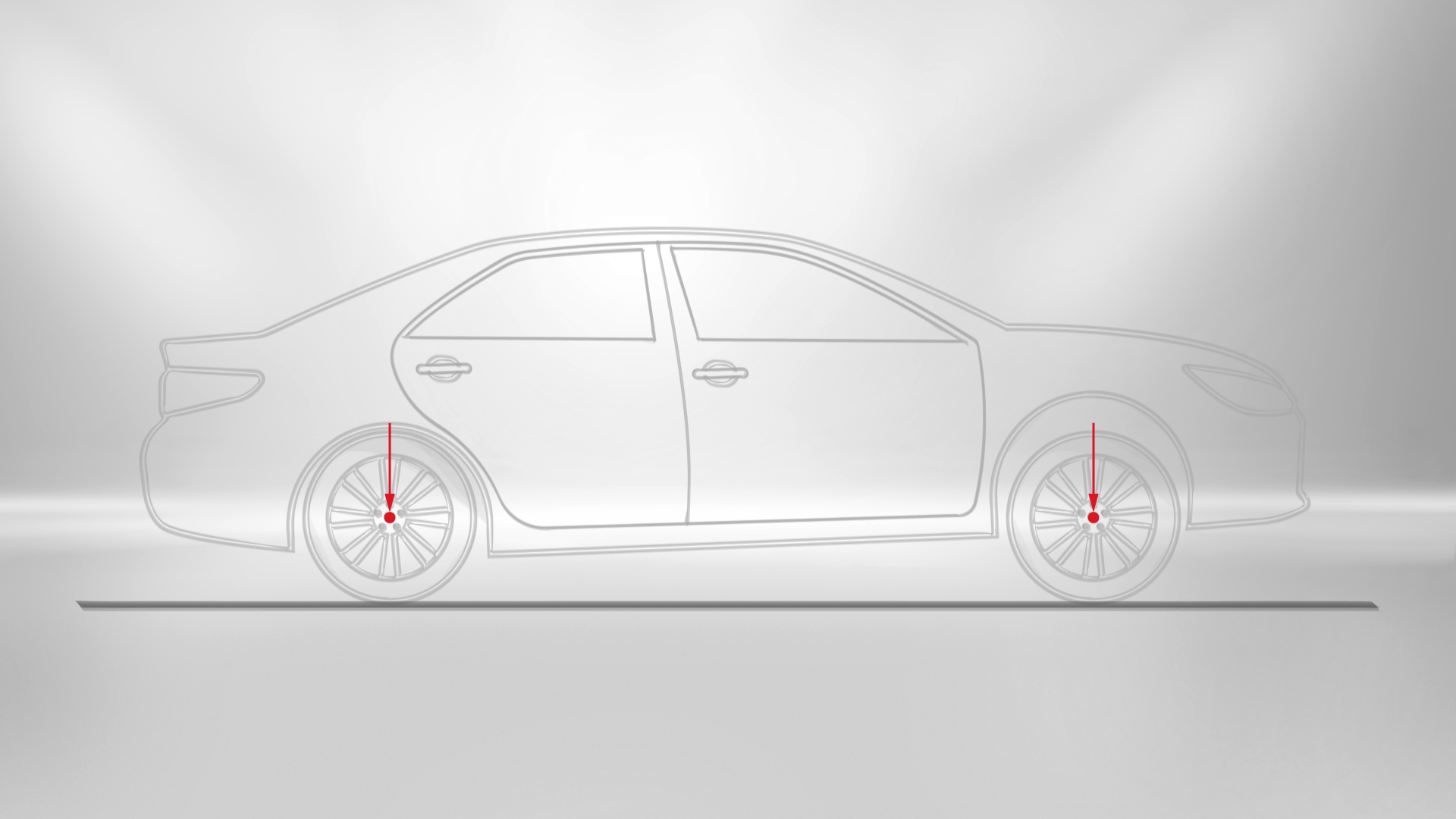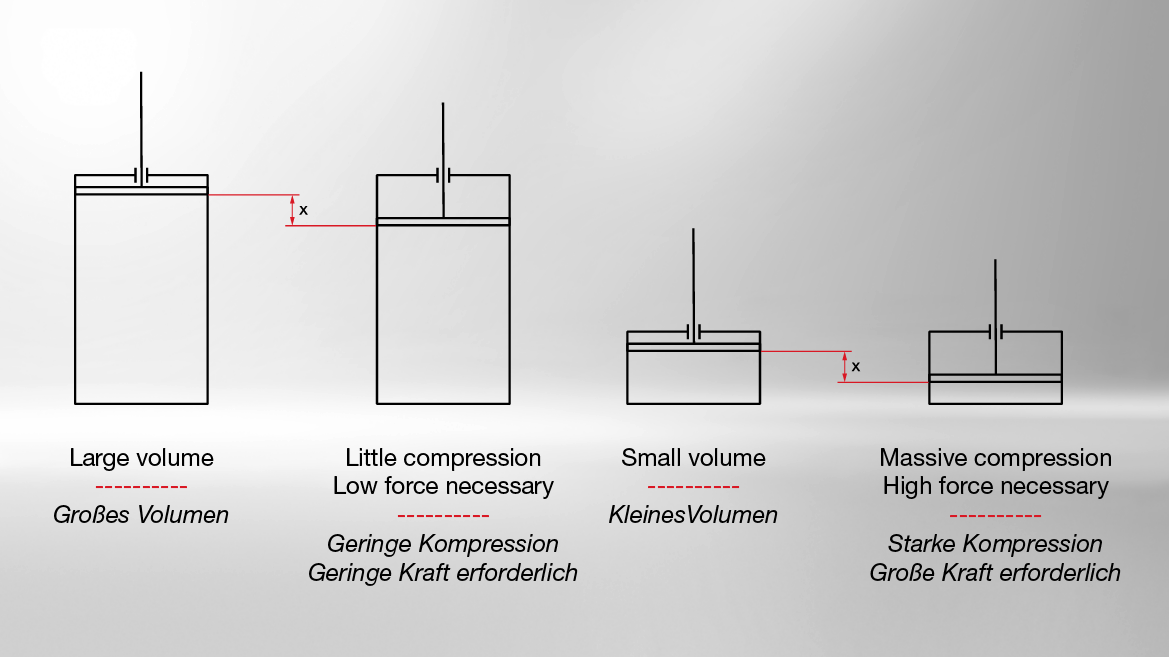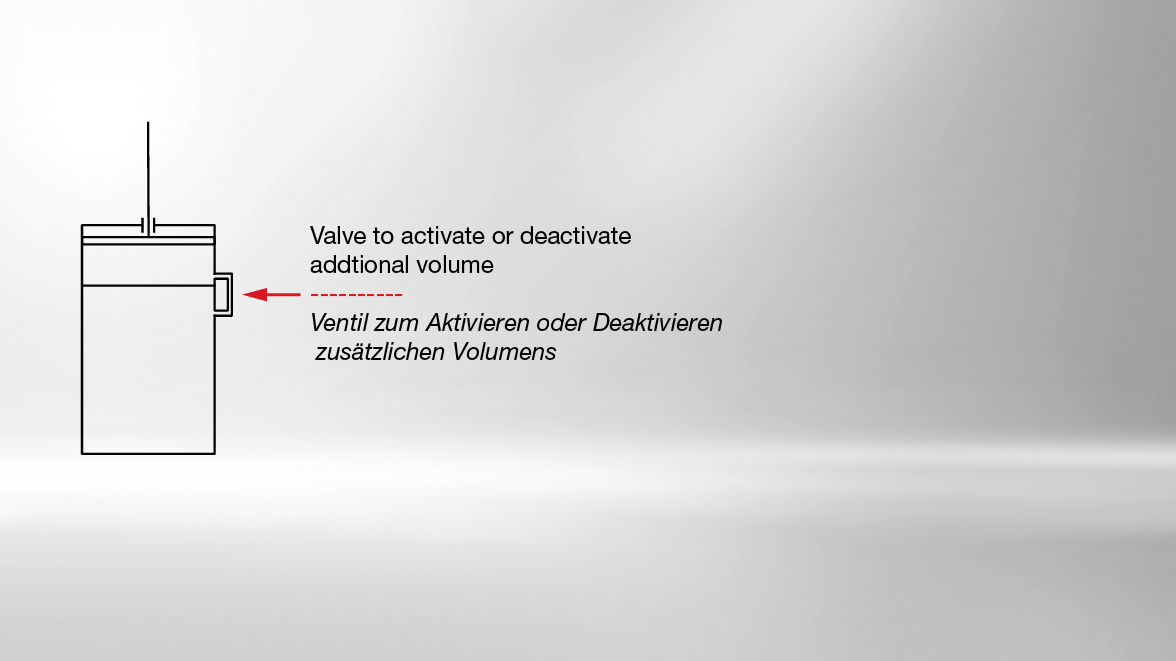Welcome back to the world of vehicle suspension. In my earlier blog 'Vehicle suspension in a nutshell' I outlined why and how “suspension” – one of the most undervalued vehicle components - drives safety and comfort in the car of your dreams. Today I’m inviting you into the world of air springs.
As you already may know, springs compensate for potholes, uneven surfaces and speed bumps in the road allowing your car to glide easily over the road surface. And perhaps even more importantly, they ensure that the vehicle’s wheels remain in contact with the surface of the road, creating stability and safety.
How do springs work exactly?
In a heavily loaded car, the springs are compressed, resulting in a lower clearance (the space between the chassis and the road). See picture no. 1 at gallery below.
Air springs: greater comfort and versatility
Air springs, compared to traditional suspension systems, provide greater comfort and quality when driving. They can tackle any terrain and carry a variety of load weights, as well as a potential for better fuel economy.
For the vehicle to maintain a constant, safe ground clearance independent of its load, the air springs are in- and deflated like a balloon by adding air pressure. Air springs have been used in trucks for decades because the weight difference between unloaded and loaded trucks is significant. Trucks are the perfect application for air springs!
The benefits of air springs in a nutshell:
- They allow greater payload capacity
- Even with the vehicle fully loaded, full spring travel is maintained
- Unlike steel springs that compress extremely when loaded, air springs can be suspended softly, which improves driving comfort considerably
- Less wear and tear on the suspension system and vehicle components, due to reduced harshness and vibration, particularly with heavy-duty driving
- The ground clearance can be adjusted in line with ambient conditions: a higher clearance when driving off-road, and a lower clearance when driving on the motorway.This enables fuel/electricity savings of up to 5%, increasing the range of electric vehicles.
What makes up an air suspension system?
Here are the components that make up an air suspension system:
- An air compressor, which pumps air into the system
- A pressurized air tank, which stores additional compressed air capacity so that it is available when needed. It also provides a back up to the (noisy) air compressor, allowing it to only be switched on when driving at higher speeds, when the noise is masked by the sound of the engine
- A valve block, which regulates the compressed air that is supplied to and discharged from the compressor. It is connected to all air springs
- The air springs, with chambers that can be in- and deflated like a balloon
Multi-chamber air springs
Air springs continuously adjust the ground clearance of the vehicle guaranteeing smooth driving dynamics. In a multi-chamber concept, the springs can be set to different stiffness levels — “soft/comfortable” or “firm/more direct/sporty” — depending on the driving situation.
Imagine you have two air springs (or cylinders) which are compressed by “x”. It’s easier to compress the cylinder with the big volume than to compress the one with the smaller volume. See picture no. 2 at gallery below.
A multi-chamber air spring divides the volume into chambers which can then be activated or deactivated by valves. See picture no. 3 at gallery below.
This is the working principle of a multi-chamber air spring — simplified. Not every vehicle with an air spring has this feature, however. You will find it only in premium- and high-performance cars!
With consumers around the world looking for more comfort and safety, air springs are an increasingly popular choice for manufacturers of both commercial vehicles and passenger cars.
Kendrion offers a range of suspension solutions including valves for active damping, air spring valves for multi-chamber air springs and ECUs for air compressors. If you have any questions or comments, share them here or connect with me on LinkedIn.
You can explore our suspension products here
*Source:https://www.factmr.com/connectus/sample?flag=S&rep_id=716











